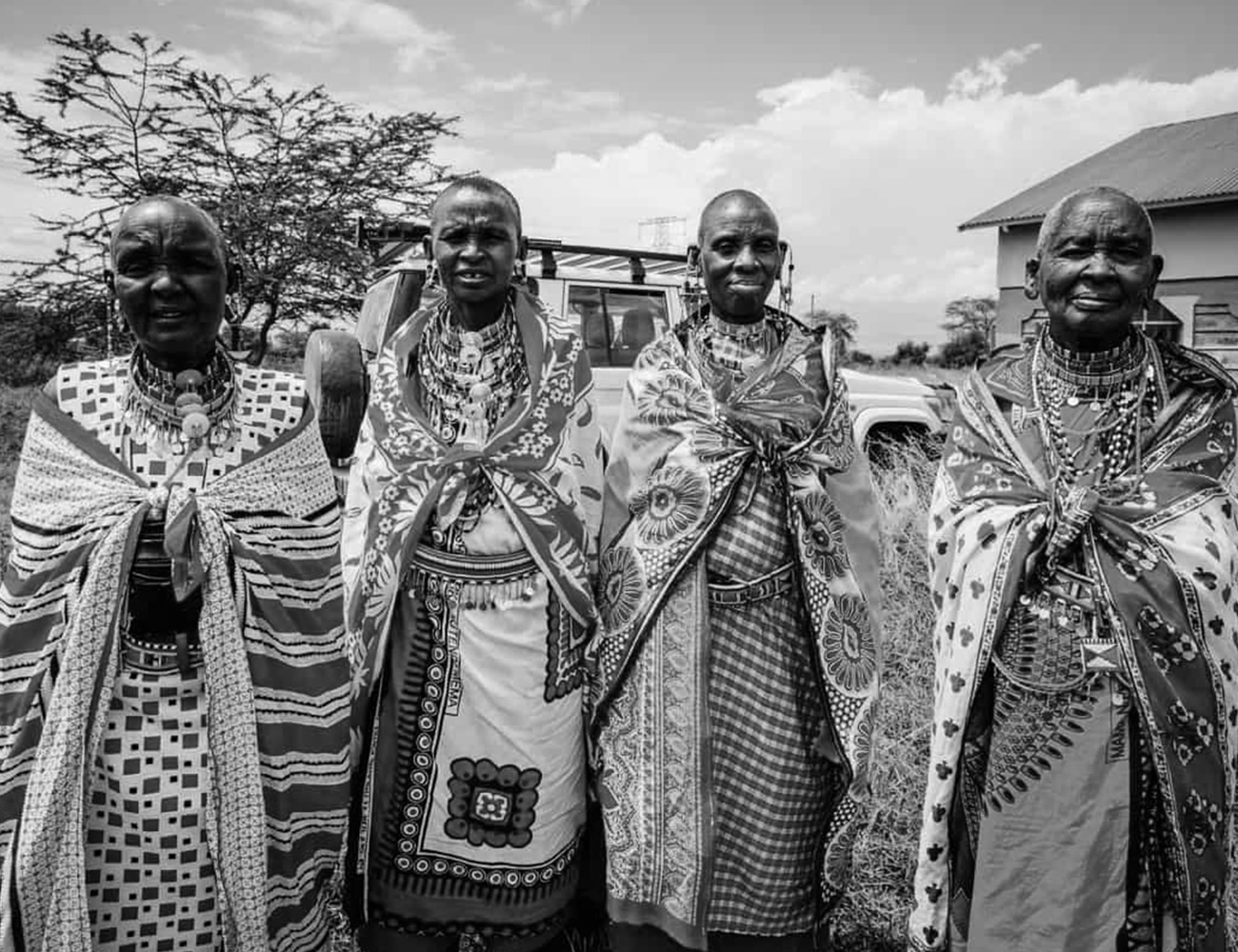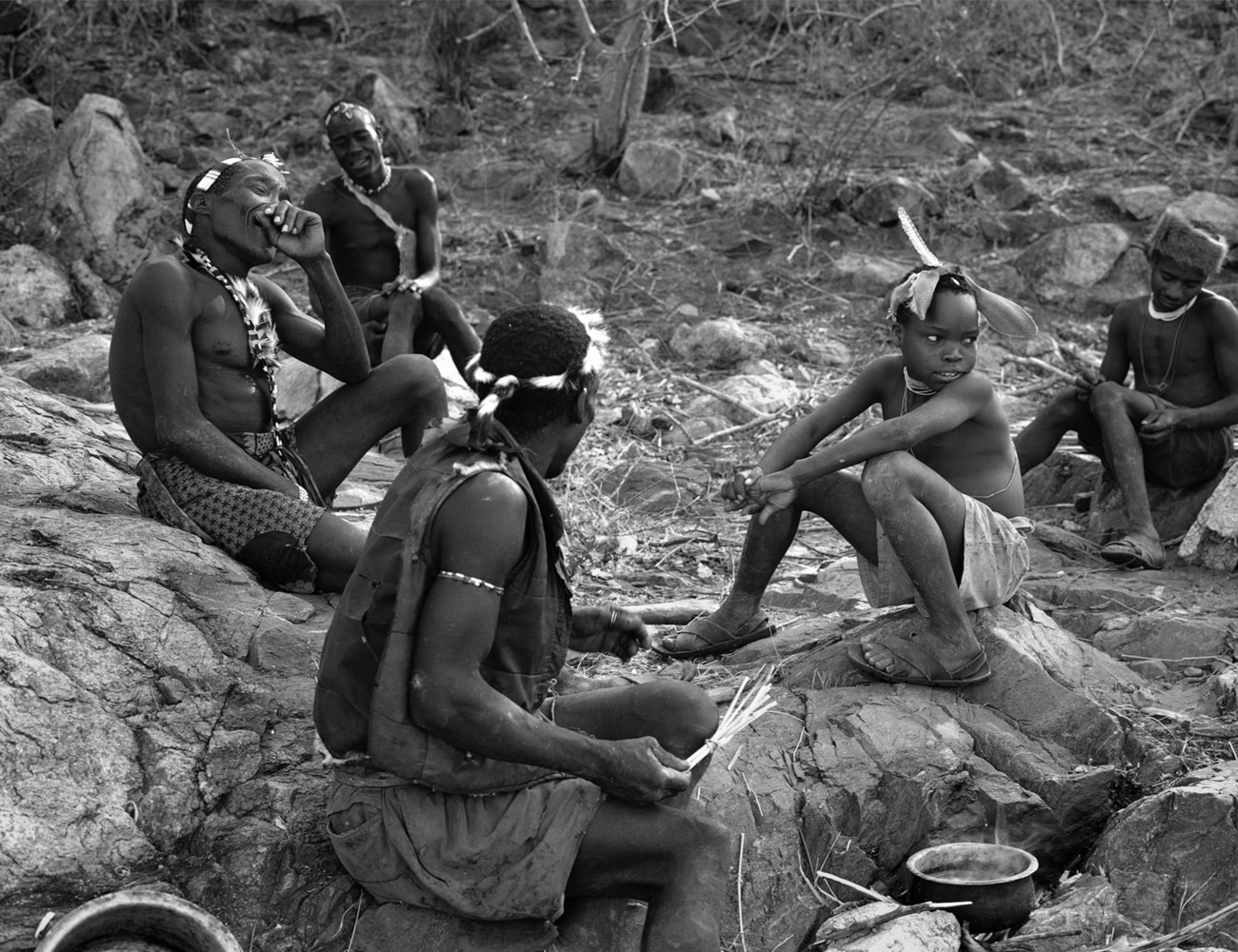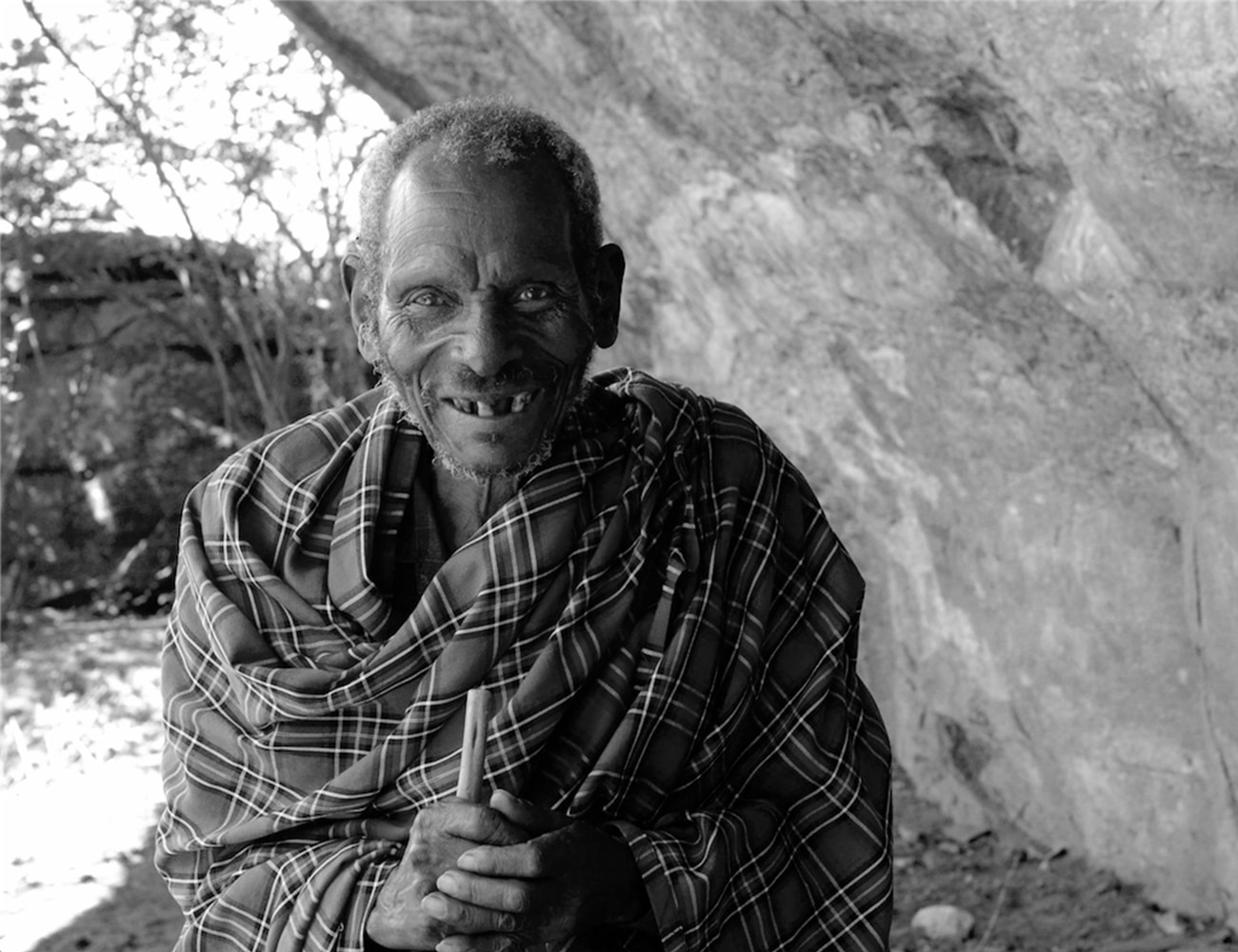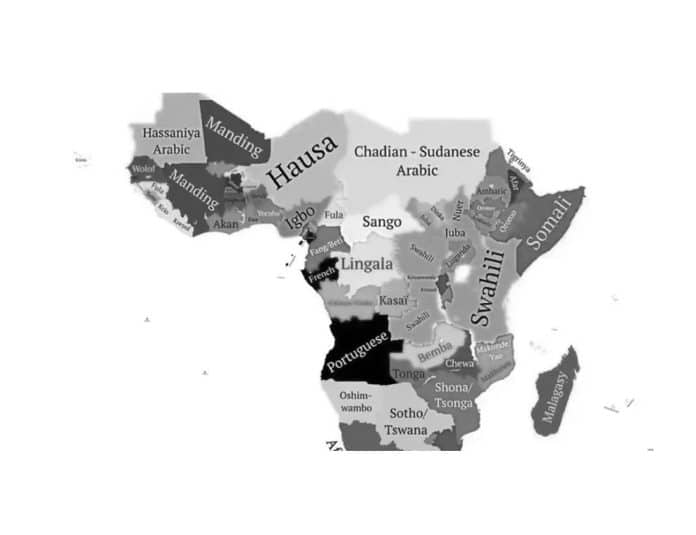Exploring the Linguistic Diversity of Tanzania: Unveiling the Languages Spoken in East Africa
You may have been wondering and asking questions like, what language is spoken in Tanzania Africa? Nestled in the heart of East Africa, Tanzania is a land of breathtaking landscapes, rich cultural traditions, and incredible linguistic diversity. With over 120 languages spoken in the country, Tanzania boasts one of the most diverse linguistic landscapes in the world. From Swahili, the official language, to regional languages like Sukuma, Chaga, and Hehe, each language tells a unique story of the people who call this country home.
In this article, we will discuss the languages spoken in Tanzania Africa, and tap into the linguistic tapestry of the country, uncovering the fascinating array of languages spoken across the nation. We explore the historical and cultural significance of these languages, shedding light on their origins, influences, and current usage. Join us as we embark on a journey to discover the linguistic heritage that shapes Tanzanian society and deepens our understanding of this vibrant East African nation.
Whether you’re a linguistics enthusiast, a traveler planning a trip to Tanzania, or simply curious about the world’s linguistic diversity, this article will provide a captivating glimpse into the vast array of languages that thrive within Tanzania’s borders. Get ready to unravel the wonders of Tanzanian languages and immerse yourself in the rich tapestry of culture that they represent.
The official languages of Tanzania

Tanzania recognizes two official languages: Swahili and English. Swahili, also known as Kiswahili, is the most widely spoken language in the country and serves as a lingua franca for communication between different ethnic groups. Swahili, with its Bantu roots and influences from Arabic and other languages, plays a central role in Tanzanian society, serving as a symbol of national unity. English, inherited from the colonial era, is also widely spoken and used in government, education, and business sectors.
Swahili has a fascinating history that dates back centuries. It originated as a coastal trade language, influenced by Arabic merchants and later European colonization. Over time, Swahili evolved into a vibrant language with its own grammar, vocabulary, and cultural significance. Today, it is not only spoken in Tanzania but also across East Africa, making it one of the most widely spoken African languages.
English, on the other hand, was introduced during the colonial period and remains an important language in Tanzania. It is primarily used in official settings, such as government institutions and educational institutions. English proficiency is seen as a valuable skill for Tanzanians seeking higher education opportunities or employment in international organizations. The bilingual nature of Tanzania, with Swahili and English as official languages, reflects the country’s historical and cultural connections to both Africa and the wider world.
Major indigenous languages in Tanzania
In addition to Swahili and English, Tanzania is home to numerous indigenous Languages. Some of these languages spoken in Tanzania Africa are even taught in schools. These languages, often tied closely to specific communities, play a vital role in preserving cultural identity and heritage. Some of the major indigenous languages spoken in Tanzania include Sukuma, Chaga, Hehe, Gogo, Nyamwezi, and Makonde.
Sukuma, the largest ethnic group in Tanzania, speaks the Sukuma language. With over five million speakers, the Sukuma language is primarily spoken in the northwestern part of the country. The Chaga language is spoken by the Chaga people, who reside on the slopes of Mount Kilimanjaro. Chaga is known for its unique tonal system and is spoken by approximately one million people. Hehe, another prominent ethnic group, speaks the Hehe language, which is mainly spoken in the southern highlands of Tanzania.
Each indigenous language in Tanzania has its own distinct characteristics and cultural significance. These languages are often passed down through generations, preserving ancestral knowledge and traditions. They serve as a means of communication within the community and contribute to the vibrant cultural mosaic of Tanzania.
Swahili: The lingua franca of East Africa
Swahili, as mentioned earlier, is the most widely spoken language in Tanzania and also serves as a lingua franca throughout East Africa. Its widespread usage can be attributed to its historical role as a trade language, facilitating communication between different ethnic groups along the Swahili Coast. Over time, Swahili evolved into a language of literature, music, and poetry, reflecting the rich cultural heritage of its speakers.
Swahili’s unique blend of Bantu grammar, Arabic loanwords, and influences from other languages makes it a fascinating linguistic phenomenon. It is a language of harmony, characterized by its melodious sounds and rhythmic patterns. Swahili has also gained recognition as an African language of international importance, with its inclusion as one of the official languages of the African Union.
The cultural significance of Swahili extends beyond linguistic boundaries. It has become a symbol of Tanzanian and East African identity, representing unity and shared heritage. Swahili proverbs, poetry, and music reflect the wisdom, creativity, and resilience of the people who speak it. Learning Swahili is not only a practical skill for communication but also a gateway to understanding the vibrant cultures and histories of East Africa.
Minority languages in Tanzania

While Swahili and major indigenous languages spoken in Tanzania Africa dominate the linguistic landscape of Tanzania, there are also smaller ethnic groups that speak their own unique languages. These minority languages, although spoken by smaller populations, are an integral part of Tanzania’s linguistic diversity.
One such example is the Hadza language, spoken by the Hadza people, who are one of the last remaining hunter-gatherer communities in Africa. With less than a thousand speakers, the Hadza language is considered endangered, facing threats from social and cultural changes. Efforts are being made to document and preserve this unique language, which offers valuable insights into human history and cultural diversity.
Another minority language is Iraqw, spoken by the Iraqw people in the northern part of Tanzania. Iraqw is a Cushitic language with its own grammatical structure and vocabulary. While the number of speakers is relatively small, Iraqw serves as an important marker of cultural identity for the Iraqw community.
These minority languages, along with many others, contribute to the linguistic tapestry of Tanzania, highlighting the country’s commitment to preserving its diverse cultural heritage.
Endangered languages in Tanzania

Linguistic diversity, while a source of cultural richness, also faces the threat of endangerment. In Tanzania, several languages are classified as endangered, with a dwindling number of speakers and limited intergenerational transmission.
One such endangered language is the Gorwaa language, spoken by the Gorwaa people in the northern part of Tanzania. With only a few elderly speakers remaining, the Gorwaa language is at risk of extinction. Efforts are being made to document and revitalize this language, recognizing its importance as a repository of cultural knowledge.
The endangered status of these languages spoken in Tanzania Africa is often a result of socio-economic factors, urbanization, and the dominance of major languages like Swahili and English. Language revitalization initiatives, community-led efforts, and increased awareness are crucial in preserving the linguistic diversity of Tanzania and ensuring the survival of endangered languages.
Language policies and education in Tanzania
Tanzania has implemented language policies aimed at promoting linguistic diversity and ensuring inclusive education. The government recognizes the importance of mother tongue-based education in early childhood development, allowing children to learn in their native language before transitioning to Swahili and English.
However, challenges exist in implementing these policies effectively. Limited resources, lack of trained teachers, and the dominance of Swahili and English pose obstacles to the successful implementation of multilingual education. Efforts are being made to address these challenges, with organizations and educators advocating for the inclusion of indigenous languages in the education system.

Language policies in Tanzania also extend to the media, with efforts to promote broadcasting and publishing in different languages. This allows for greater cultural representation and access to information for speakers of minority languages.
Preserving linguistic diversity in Tanzania
Preserving linguistic diversity is not only essential for cultural heritage but also for sustainable development. Tanzania recognizes the value of its linguistic diversity and has taken steps to protect and promote its languages.
Language documentation projects, led by linguists and anthropologists, are crucial in preserving endangered languages. These projects involve recording and analyzing the grammar, vocabulary, and cultural context of languages that are at risk of disappearing. Documenting these languages provides valuable resources for future generations and contributes to the broader field of linguistics.
Community-led initiatives also play a vital role in language preservation. Local organizations and language communities are actively engaged in revitalization efforts, including language classes, cultural events, and intergenerational transmission of knowledge. These initiatives not only preserve linguistic diversity but also strengthen community bonds and cultural pride.
Language revitalization efforts in Tanzania
Language revitalization efforts in Tanzania encompass a range of strategies aimed at reclaiming, revitalizing, and promoting endangered languages. These efforts involve collaboration between linguists, communities, educators, and policymakers.
One such initiative is the establishment of language nests, where young children are immersed in their native language environment. Language nests provide a space for children to learn and interact in their mother tongue, ensuring the intergenerational transmission of language and culture.
Another approach is the development of language teaching materials, such as textbooks, dictionaries, and digital resources. These materials aid language learners and contribute to the standardization and preservation of endangered languages.
Furthermore, cultural festivals, storytelling, and music events serve as platforms for celebrating linguistic diversity and raising awareness about endangered languages. These events showcase the beauty and richness of Tanzania’s linguistic heritage, fostering a sense of pride and appreciation among speakers and the wider public.
Celebrating Tanzania’s linguistic tapestry
In this article, we have answered the question: what language is spoken in Tanzania Africa? Tanzania’s linguistic diversity is a testament to the country’s cultural richness and heritage. The multitude of languages spoken within its borders highlights the interconnectedness of communities and the resilience of their linguistic traditions.
From Swahili, the lingua franca of East Africa, to the smaller indigenous and minority languages, each language contributes to the vibrant tapestry that shapes Tanzanian society. These languages provide a window into the history, culture, and identity of the people who call Tanzania home.
Efforts to preserve and revitalize endangered languages are crucial in ensuring the continued existence of Tanzania’s linguistic diversity. By celebrating and embracing this diversity, Tanzania can forge a path towards sustainable development that respects and values the languages and cultures that make the country truly unique.
As you plan your journey to Tanzania or delve deeper into the fascinating world of languages, let the linguistic tapestry of this East African nation inspire you. Explore the vibrant sounds, words, and stories that form the backbone of Tanzanian society, and celebrate the beauty of linguistic diversity in all its forms.
For more articles related to Tanzania languages click here!

































